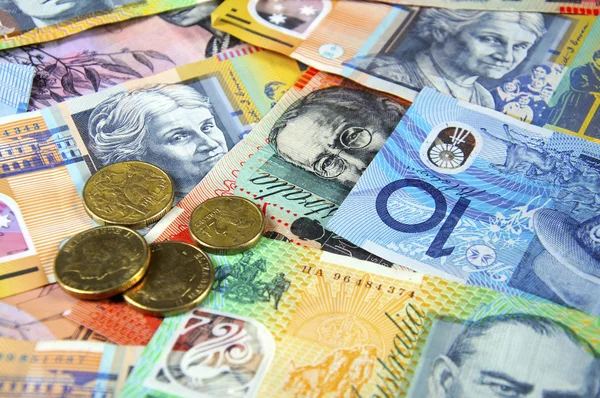During the early part of the European session on Friday. The AUDUSD pair reverses an intraday drop to sub-0.6700 levels and rebounds to a four-week high. Spot prices, on the other hand, have struggled to capitalize. On the advance and are currently trading in the 0.6710-0.6715 range, practically flat for the day.
Despite abysmal Chinese inflation figures, the RBA’s hawkish stance supports the AUDUSD.
The Australian Dollar (AUD) is still benefiting from the Reserve Bank of Australia’s. (RBA) surprise 25 basis point rate hike earlier this week. As well as a more hawkish policy statement. Indeed, RBA Governor Lowe defended the RBA on Wednesday. the action to raise benchmark interest rates above 4% for the first time in nearly 12 years. And reaffirmed that interest rates may need to climb higher to cool runaway inflation.
This, in turn, acts as a tailwind for the AUDUSD pair. However a combination of variables is discouraging bulls from initiating aggressive wagers and, for the time being, limiting the upside.
In fact, the National Bureau of Statistics stated that China’s headline CPI declined by 0.2% in May. While the Producer Price Index (PPI) plummeted by 4.6% year on year. This suggests to a slower post-COVID recovery in the world’s second-largest economy. Which dampens investors’ desire for riskier assets and prevents traders from making strong bullish wagers on the China-proxy Aussie.
Rising US bond rates boost USD demand while acting as a negative for the pair.
A minor increase in US Treasury bond yields helps the US Dollar (USD) regain positive traction after the overnight plunge caused by the dismal US macro data, which showed that Initial Jobless Claims rose to a 20-month high last week. Aside from that, the safe-haven Greenback benefits from a generally lower risk tone. and contributes to keeping the AUDUSD pair from gaining any further ground. Market confidence remains fragile in the wake of mounting concerns about a global economic collapse, which has been exacerbated by weak Chinese economic statistics.
Even from a technical standpoint, the recent string of failures near the 100-day Simple Moving Average (SMA) indicate caution before positioning for any future events. There is no important market-moving economic data due from the United States on Friday, putting USD bulls at the mercy of US bond yields. Aside from that, broader risk sentiment will boost safe-haven demand and provide some impetus to the risk-sensitive Australian dollar. Nonetheless, the AUDUSD pair is on course to post robust gains for the second week in a row as attention focuses to the highly anticipated FOMC policy meeting on June 13-14.








